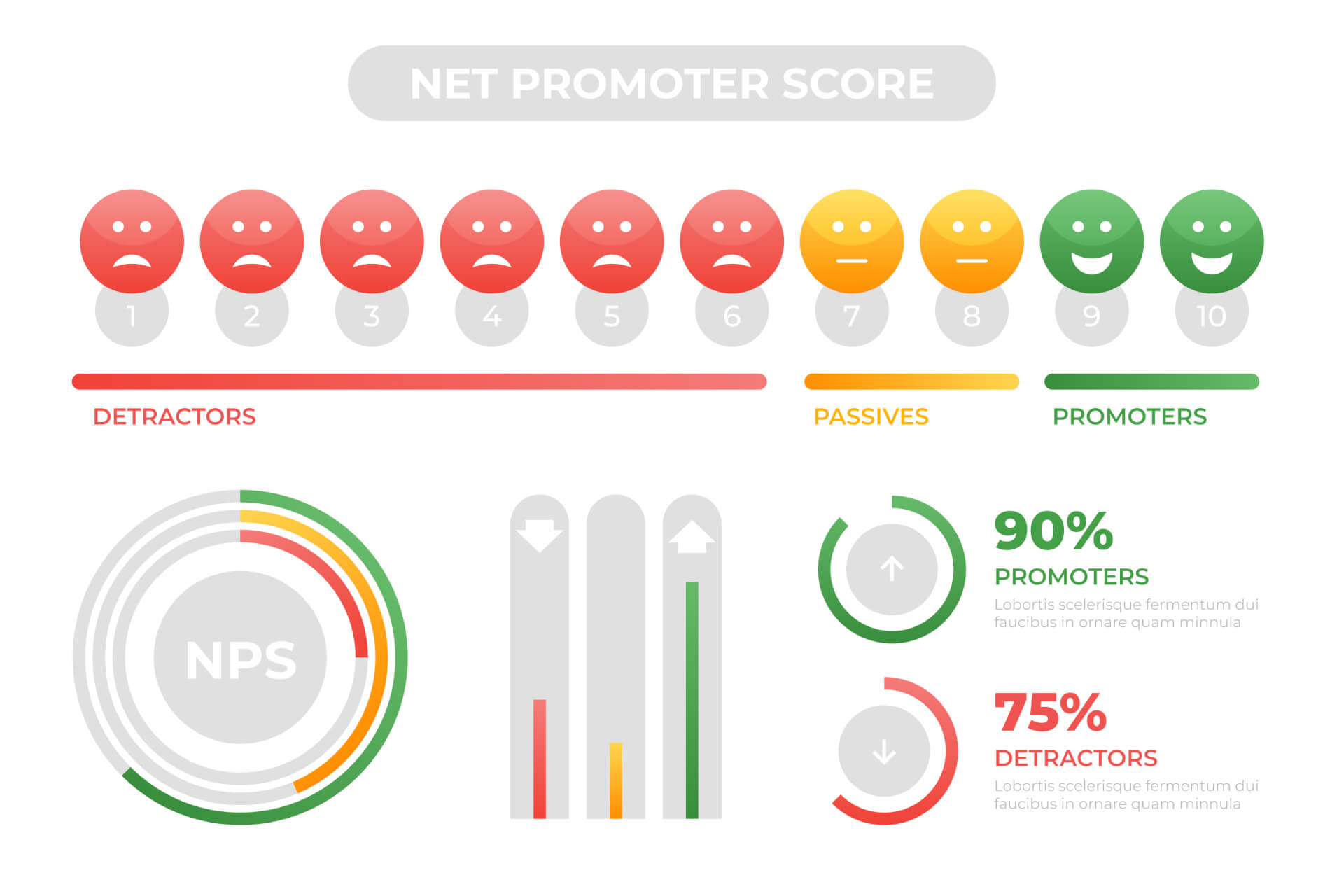Understanding customer feedback is crucial for the success of any product. Net Promoter Score (NPS) is a widely used metric that measures customer loyalty and satisfaction.
In this article, we will explore the role of NPS in product development and how companies can leverage this valuable tool to improve their products and services.
What is NPS?
Net Promoter Score (NPS) is a metric used to measure customer loyalty and satisfaction. It is based on the simple question:
"How likely are you to recommend our product/service to a friend or colleague?"
Customers are then asked to rate their likelihood on a scale of 0-10. Based on their responses, customers are categorized into three groups: Promoters (9-10), Passives (7-8), and Detractors (0-6).
Importance of NPS in Product Development

1. Customer Feedback
NPS provides valuable insights into customer satisfaction and loyalty. By analyzing NPS scores, companies can identify areas for improvement and prioritize product development efforts.
2. Predictive Value
NPS has been shown to have a strong correlation with customer behavior, such as repeat purchases and referrals. By tracking NPS over time, companies can predict future success and growth.
3. Benchmarking
NPS allows companies to benchmark themselves against competitors and industry standards. By comparing NPS scores, companies can identify strengths and weaknesses in their products and services.
4. Continuous Improvement
NPS is a powerful tool for driving continuous improvement. By regularly collecting and analyzing feedback, companies can make data-driven decisions to enhance their products and services.

How to Use NPS in Product Development
- Collecting Feedback: Companies can use surveys and feedback forms to collect NPS scores from customers. It is important to ask follow-up questions to understand the reasons behind the scores.
- Analyzing Data: Once the NPS scores are collected, companies should analyze the data to identify trends and patterns. This can help in identifying areas for improvement.
- Implementing Changes: Based on the insights gained from NPS scores, companies can make strategic changes to their products and services. This could involve adding new features, improving customer service, or addressing common pain points.
- Monitoring Progress: It is essential to track NPS scores over time to measure the impact of changes. Companies should regularly review their NPS scores and adjust their product development strategies accordingly.
Conclusion
In conclusion, Net Promoter Score (NPS) plays a crucial role in product development by providing valuable insights into customer satisfaction and loyalty. By leveraging NPS data, companies can make informed decisions to improve their products and services, driving continuous improvement and growth.

Reading recommendation: If this article helped you and you would like to find out more about the Net Promoter Score, continue reading here: “The Net Promoter Score – Basics and Areas of Application”
FAQs
How is NPS calculated?
NPS is calculated by subtracting the percentage of Detractors from the percentage of Promoters.
What is a good NPS score?
A score above 50 is considered excellent, while a score below 0 is considered poor.
Can NPS be used in all industries?
Yes, NPS can be used in any industry to measure customer loyalty and satisfaction.
How often should companies collect NPS data?
Companies should collect NPS data regularly to track changes in customer sentiment.
Is NPS the only metric companies should use for product development?
While NPS is a valuable metric, companies should also consider other factors such as customer reviews, feedback, and market trends in product development.